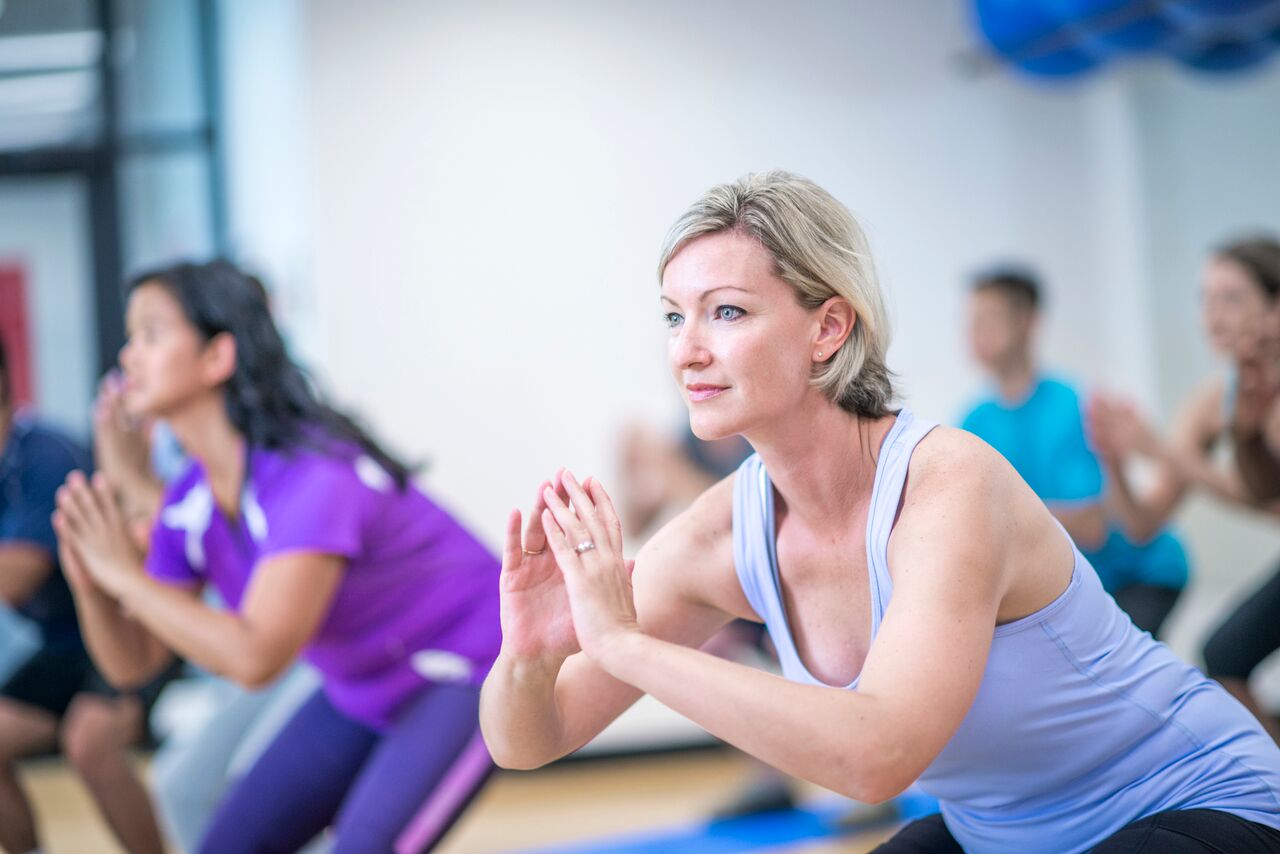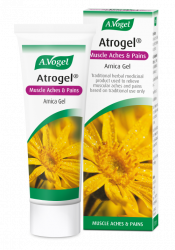An intro to your joints
There are three types of joints in the body; fixed joints, slightly moveable joints and synovial joints. Fixed joints, such as the skull, don’t allow any movement and are held together with fibrous connective tissue. Slightly moveable joints, as the name suggests, are joints that can move slightly such as those between the vertebrae in the spine. Synovial joints are the most movable type of joint found in our bodies; examples include the hip joint and the elbow joint. There are six type of synovial joints the pivot, hinge, saddle, plane, condyloid and ball-and-socket joints.
Cartilage, synovium and synovial fluid pad out the joints, preventing the bones from rubbing together. Age, injury and everyday lifestyle habits can all contribute to the wear and tear of our cartilage, and unfortunately this damage is not readily repaired by the body which is why I’ve outlined below 7 steps you can take towards building healthier, stronger joints.
1) Keep moving

This doesn’t necessarily mean ‘exercise’ but staying seated in the one position for hours on end – particularly if you have a desk job – puts us at a higher risk of experiencing joint pain. Even getting up from your desk and having a short walk every hour or so can benefit us. Staying active helps to increase strength and flexibility in the joints as well as in the muscles that surround the joints.
Physical activity encourages circulation of the synovial fluid which allows bones to move past one another more smoothly. What’s more, exercise triggers a biological process to called autophagy which involves the removal of damaged cells in the joint.
Now, I completely understand that exercise is probably the last thing you want to do if you have sore and achy joints. However, doing exercise that involves minimal weight-bearing such as swimming or briskly walking can do your joints the world of good without further aggravating the pain.
2) Drink water

Cartilage is kept lubricated by a liquid known as synovial fluid, and in fact our cartilage is approximately 60% made from water. As a result, it is essential that we keep hydrated when our joints are damaged. If we don’t, the production of our synovial fluid will be reduced and we increase our risk of friction pain and cartilage deterioration. Drinking water can help to improve your joint health and lessen pain caused by conditions such as rheumatoid arthritis, osteoarthritis and gout. Find out more about the benefits of drinking water for your muscles and joints here.
3) Build muscle

Muscles take the load off of your joints, so if you don’t have enough muscle to support your body weight and carry you through your day to day activities you may find that your joints take the hit instead. Again, you don’t need to go to the gym and pound out a super intense workout – simple weight-bearing exercises can do the trick.
Try to focus on strengthening the muscles around the hip and knee joints as these are the joints that need to support the entire body weight. It is pretty common to experience knee or hip pain as a result of tightness in the surrounding muscles, such as the adductors or quadriceps, so relieving tightness here can sometimes alleviate joint pain.
Building strength in your core can help you stay balanced and makes falls that can damage the joints less likely. To learn more about the importance of developing core strength as well as some easy-to-do exercises you can try, check out our blog ‘What is a core workout?’
4) Posture

Slouching puts extra pressure on your joints and can lead to back pain, neck pain, shoulder pain – a whole bunch of pains! Having a terrible posture limits your range of motion and makes it so much harder for your muscles to take the load off your joints. In time, poor posture can cause misalignment of the spine which eventually leads to even more joint stress and pain.
Try to be aware of your posture as much as you can and notice if you are slouching or hunching forwards. To check your posture look in the mirror – the palms of your hands should be facing in towards the body with the thumbs pointing forward. If your palms face the back of the room you’re probably slouching. Turning the palms of the hands forwards encourages your shoulders to roll down your back and counteract hunching.
5) Diet

Our diet is really important when it comes to our joints because what we eat can impact how our joints feel – some foods can help to protect our joints whilst others can make joint pain worse. Inflammation is our body’s way of healing and repairing itself as well as protecting itself from foreign invaders such as viruses and bacteria. When we eat highly processed, artificial foods that aren’t natural and found in nature it comes as no surprise that our body recognises these foods as foreign too.
Eating inflammatory foods such as sugar, dairy, saturated fats and meat can aggravate joint pain whilst foods that are anti-inflammatory such as fruit, vegetables and whole-grains can help to prevent joint pain caused by inflammation.
Boosting your calcium intake can also help to look after your joint health. Calcium is a mineral that helps our bones to stay strong and minimises our risk of developing brittle bone disease (osteoporosis). Our body continually removes small amounts of calcium from our bones and replaces it with new calcium. If our body removes more calcium than it replaces our bones become weaker and more prone to breaking.
6) Reduce Stress

When we are stressed our body can kick into an inflammatory response which can cause the joints to swell and become less mobile. Stress also causes levels of the stress hormone cortisol to increase, and this increase can drive down the production of collagen which is an important part of maintaining healthy joints. What’s more, stress can cause our muscles to tense up; this tension causes our joints to work so much harder which can lead to further inflammation and discomfort.
There are a couple of ways you can tackle joint pain that is related to stress. Firstly you could soak in a hot bath with some Epsom salts. Epsom salts are rich in magnesium and sulphate which are thought to be absorbed by the skin into the body to help relax and loosen stiff joints.
Another way you can reduce stress is by incorporating mindfulness and deep breathing techniques to help soothe the nervous system and bring you back to the present. Herbal remedies can also give you a helping hand; I’d personally recommend our own Stress Relief Daytime which contains extracts of fresh Valerian and Hops to help relieve symptoms of mild stress and anxiety.
7) Herbal help
When our joints are sore and inflamed it is good to have an effective pain management process in place, particularly if you suffer from conditions such as arthritis or fibromyalgia. Herbal remedies are a great route to go down because they are more natural and contain little or no side effects in comparison to conventional medication.
Some herbs are thought to have anti-inflammatory properties that can help relieve inflammation. For joint pain I’d recommend Atrosan Devil’s Claw tablets and Atrogel, which is a topical gel made from fresh Arnica flowers, and works in the same way as an ibuprofen gel to help relieve joint pain and stiffness.
1 http://blog.arthritis.org/living-with-arthritis/exercise-benefits-for-joints/
2 http://coachdeannefitnessandnutrition.blogspot.co.uk/2012/01/effects-of-dehydration-on-rheumatoid.html
3 https://www.nichd.nih.gov/health/topics/bonehealth/conditioninfo/Pages/calcium.aspx
Originally written on 16/11/2017, updated on 31/10/2018.







 Looking for a treatment to relieve pain in conditions such as muscle aches or pains, stiffness, rheumatic pain or after sporting injuries?
Looking for a treatment to relieve pain in conditions such as muscle aches or pains, stiffness, rheumatic pain or after sporting injuries?

